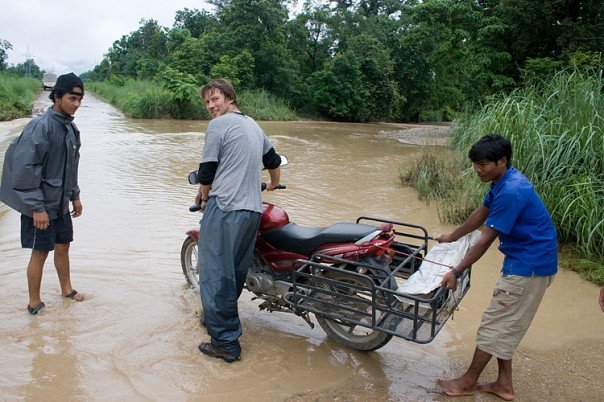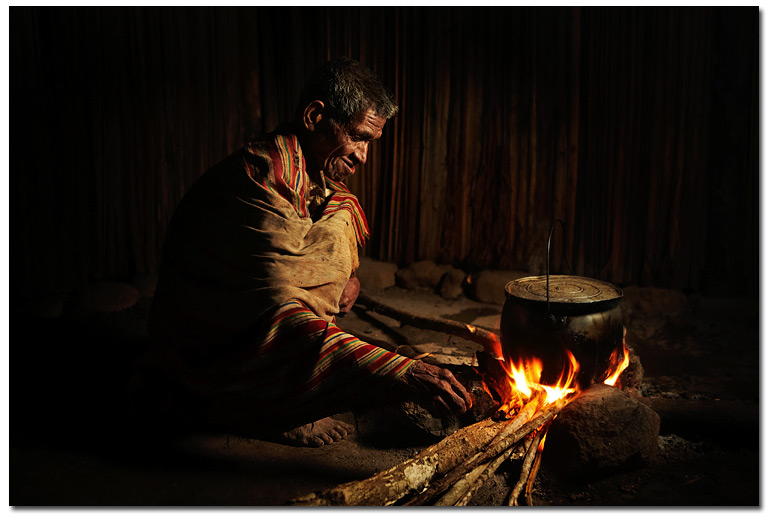 Tanya and I are back in Bundi (for a very brief moment), where we began the workshop. In the last couple of days we have seen off Kym and Hardik. I’m used to saying goodbyes, but there is still an element of sadness. We never know how life will play out and when or if we will ever meet again with the people who become our friends, while we are on the road.The workshop went very nicely. I really like having one participant; it means that he or she can have a very personal, enriching and genuine experience. I wanted the whole thing to be as close as possible to how I work, minus the research/scouting of locations. Nothing was set up, no special performances, just real life and a chance to interact with the people in the photos. At times Kym felt a little overwhelmed by the sheer amount of people and excitement our presence generated (see below), but that’s how it is in rural India, no way around it. I cannot imagine how larger tour groups go on village visits. I suppose when managed the right way things may work out well, but I can also see everything getting out of hand. As far as photography goes, I for sure would not want to be one of eight or more photographers shooting the same person, ending up with a similar image from a different angle. I guess I’ll stand by my views until I am proven otherwise.
Tanya and I are back in Bundi (for a very brief moment), where we began the workshop. In the last couple of days we have seen off Kym and Hardik. I’m used to saying goodbyes, but there is still an element of sadness. We never know how life will play out and when or if we will ever meet again with the people who become our friends, while we are on the road.The workshop went very nicely. I really like having one participant; it means that he or she can have a very personal, enriching and genuine experience. I wanted the whole thing to be as close as possible to how I work, minus the research/scouting of locations. Nothing was set up, no special performances, just real life and a chance to interact with the people in the photos. At times Kym felt a little overwhelmed by the sheer amount of people and excitement our presence generated (see below), but that’s how it is in rural India, no way around it. I cannot imagine how larger tour groups go on village visits. I suppose when managed the right way things may work out well, but I can also see everything getting out of hand. As far as photography goes, I for sure would not want to be one of eight or more photographers shooting the same person, ending up with a similar image from a different angle. I guess I’ll stand by my views until I am proven otherwise.
The “Thar Desert” (well, a small part of it) was the last destination of our workshop. Everything was great in terms of photo opportunities and the ‘realness’ of the villages we came across, they were full of regular, but very colorful and photogenic people who were generally surprised to see us. However, by the end of our little trip I was left feeling disappointed, on a personal level. I’ve concluded that perhaps it’s not possible to get out into the desert on a camel in Rajasthan without seeing the not so nice side (to put it lightly) of people involved in the camel business, without feeling as a source of money first and a person second. I understand the whole financial disparity thing, but throughout my journeys I have come across countless individuals who were very poor, yet extremely dignified, they never begged, never cheated, never tried to take advantage and in short that is not what I saw from the camel folks we were involved with. I guess I might skip the camel riding next time. Perhaps I was naïve to have thought that this time it would be perfect, or maybe I am too idealistic and spoilt by my amazing experiences around India, in any case there is no point in always anticipating the worst in people, so I’ll keep doing the opposite.
Our trip was not without its share of magic – tea by the fire under the starry sky, waking up to the golden light in a farm settlement on the outskirts of the desert, not hearing anything apart from the singing of the birds and later the beating of plates, used to scare the birds from eating the crops, the swaying of the camels as they navigated terrain that no vehicle could get through, the next morning’s photo shoot in the sand dunes – all beautiful moments that make this area of Rajasthan so special. A small adventure occurred, as we were ready to head back. The driver that was meant to pick us up took the wrong way and got stuck in the sand – a big payday for the local folk, but at least I got to ride a tractor through the desert terrain as we came to the rescue. Perhaps moments like these, the beautiful ones and those which would seem absurd in the ‘West’ are part of the reason why I still love this region of India – there is a sense that a surprise is just around the corner, something that will stimulate your senses or overwhelm you with beauty - a reason to stay alert, to feel alive, to be totally present in the moment.


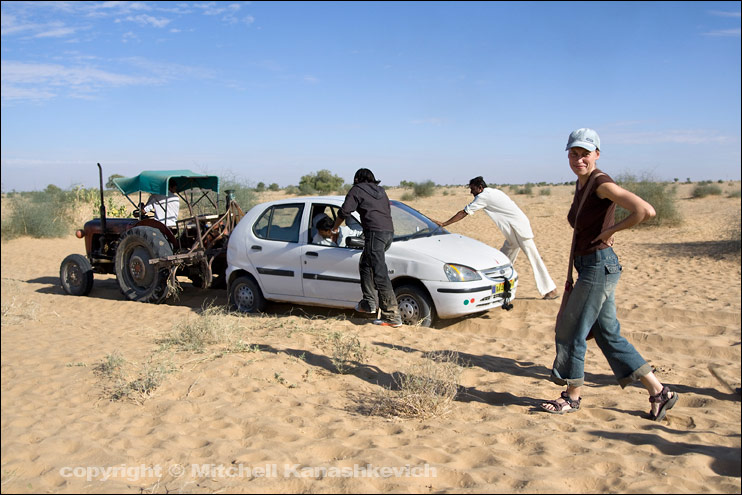
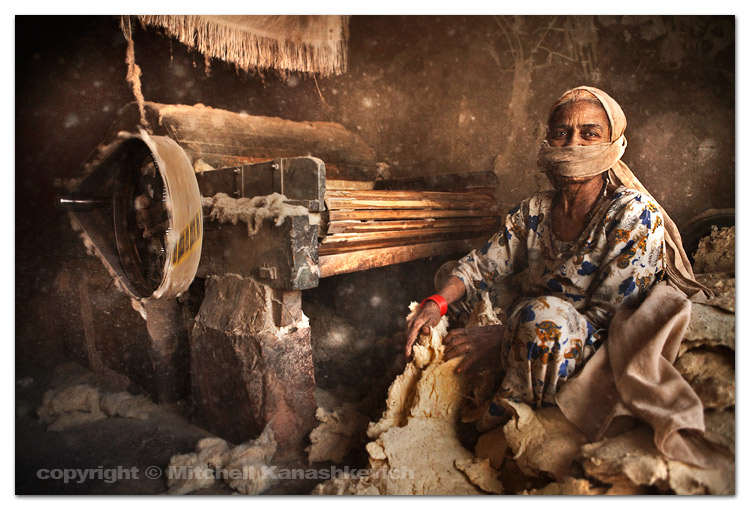

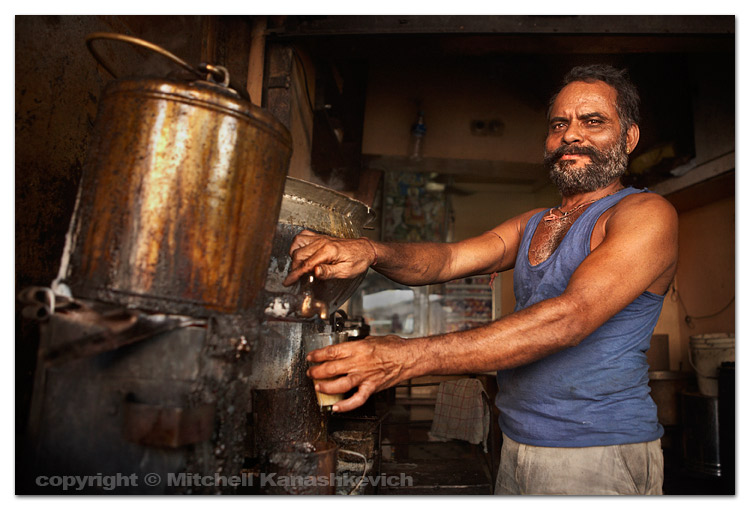
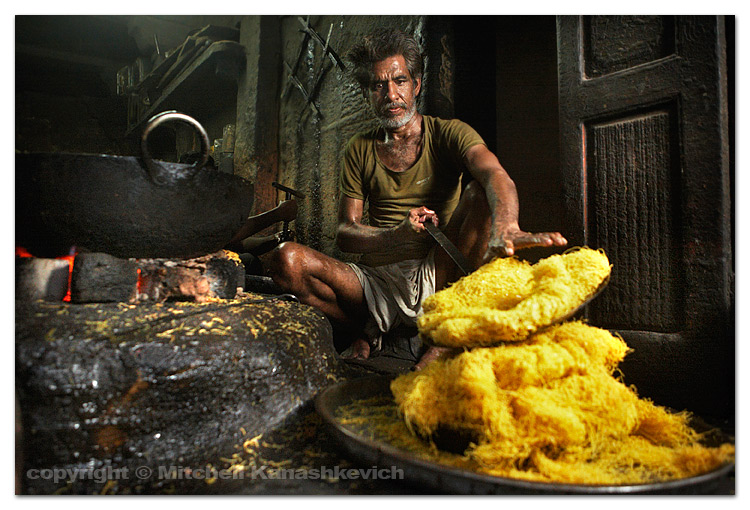

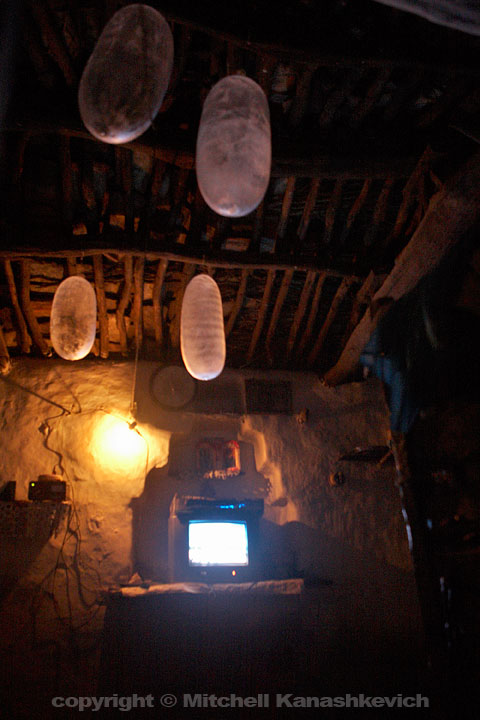
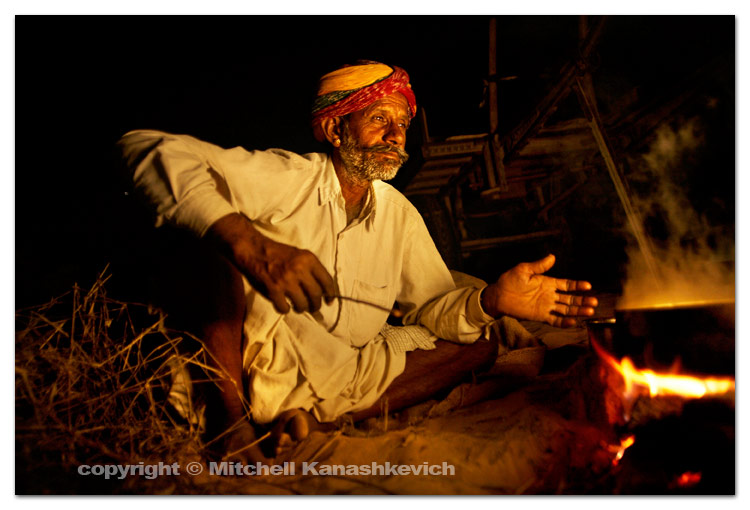

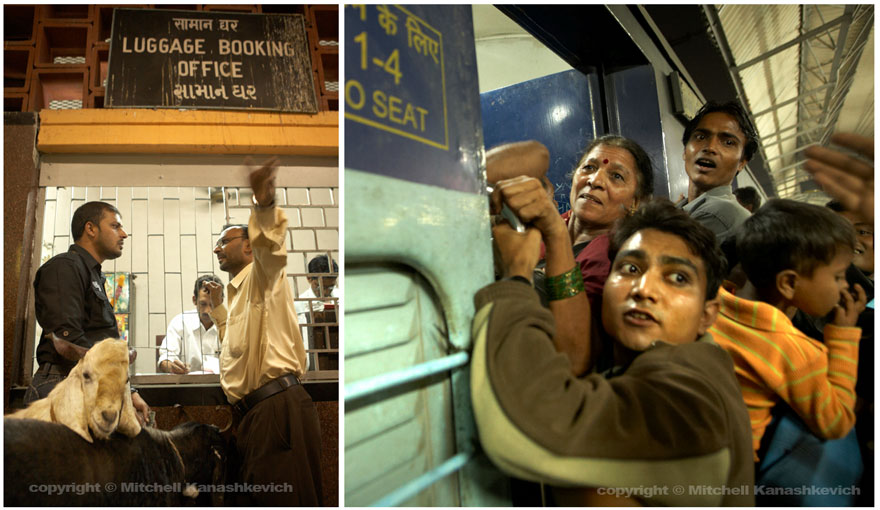
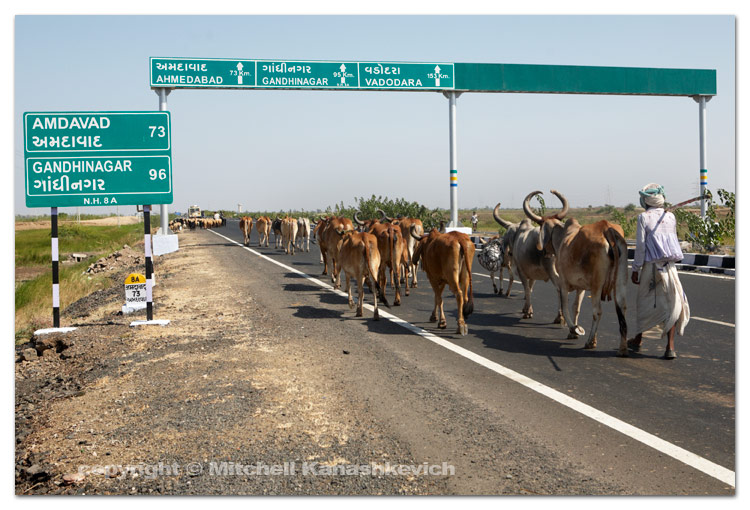 The ride to Ahmedabad was a reminder why I love this life on the road. Just me and my wife Tanya, riding through what are often beautiful, unfamiliar lands, experiencing everything together – this has been a large part of our lives over the last three years. In many ways it is as romantic as some may think, but there is another side, one which is not so nice.The beauty you see is sometimes matched by the horror (to me at least) - the amount of killed dogs on the roads is impossible to count, the scenery is not always ideal - ugly buildings and industrial, smoke belching areas really do not make for inspirational riding. And then there are the road users, who, well let’s just say they do not always act as one might expect, nor do the pedestrians – I’ve had much more close calls than I would have liked to, over the years. To top everything off there is the ‘pain in the butt factor’ (literally) – over a long journey a motorcycle seat becomes the least comfortable place in the world and even a roach-infested hotel starts to seem like a welcoming alternative.
Riding around India is not easy, but it is far from impossible and not as insane as many visitors to India may think. All that one needs is the knowledge of how the Indian roads work, once things begin to make sense everything starts to feel much less daunting.
The ride to Ahmedabad was a reminder why I love this life on the road. Just me and my wife Tanya, riding through what are often beautiful, unfamiliar lands, experiencing everything together – this has been a large part of our lives over the last three years. In many ways it is as romantic as some may think, but there is another side, one which is not so nice.The beauty you see is sometimes matched by the horror (to me at least) - the amount of killed dogs on the roads is impossible to count, the scenery is not always ideal - ugly buildings and industrial, smoke belching areas really do not make for inspirational riding. And then there are the road users, who, well let’s just say they do not always act as one might expect, nor do the pedestrians – I’ve had much more close calls than I would have liked to, over the years. To top everything off there is the ‘pain in the butt factor’ (literally) – over a long journey a motorcycle seat becomes the least comfortable place in the world and even a roach-infested hotel starts to seem like a welcoming alternative.
Riding around India is not easy, but it is far from impossible and not as insane as many visitors to India may think. All that one needs is the knowledge of how the Indian roads work, once things begin to make sense everything starts to feel much less daunting.